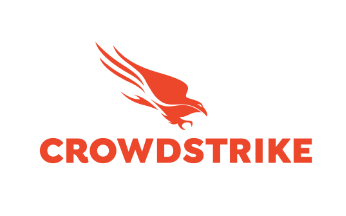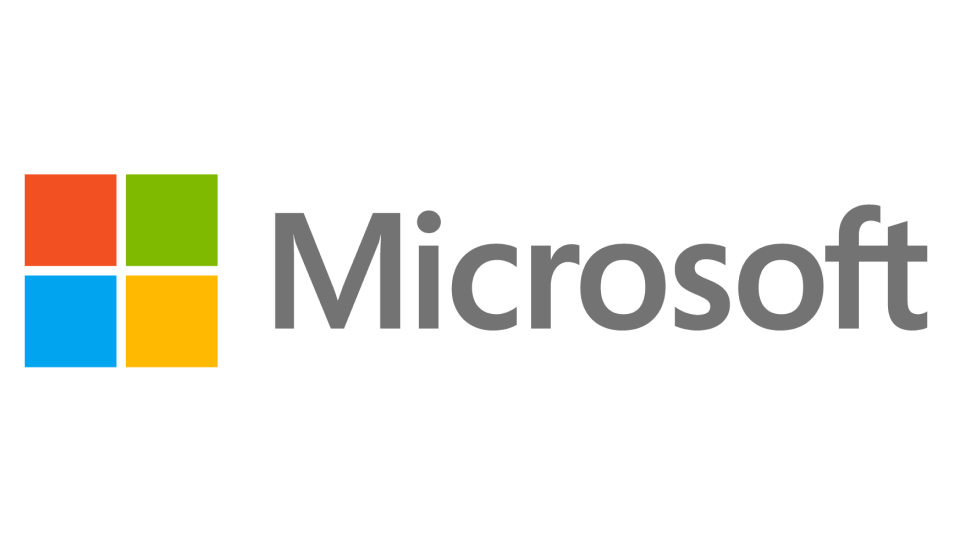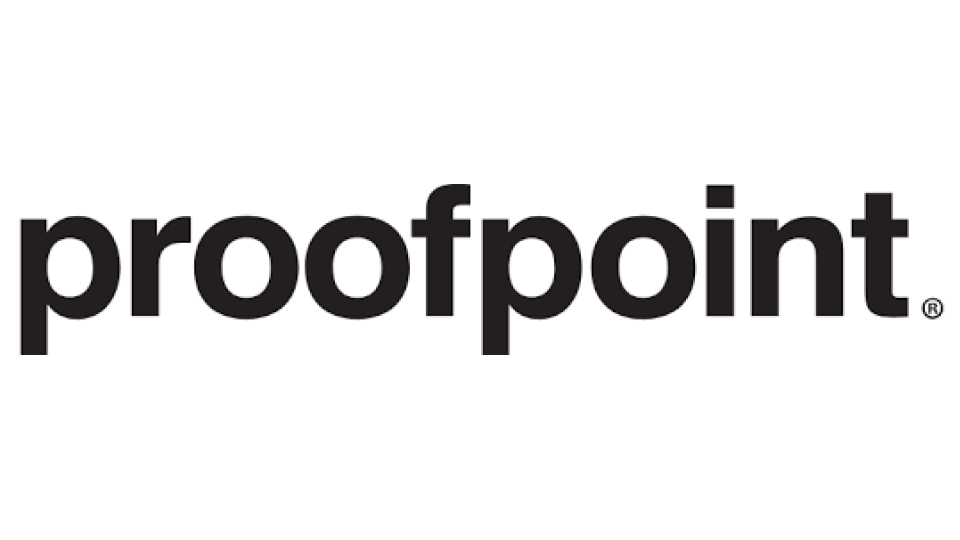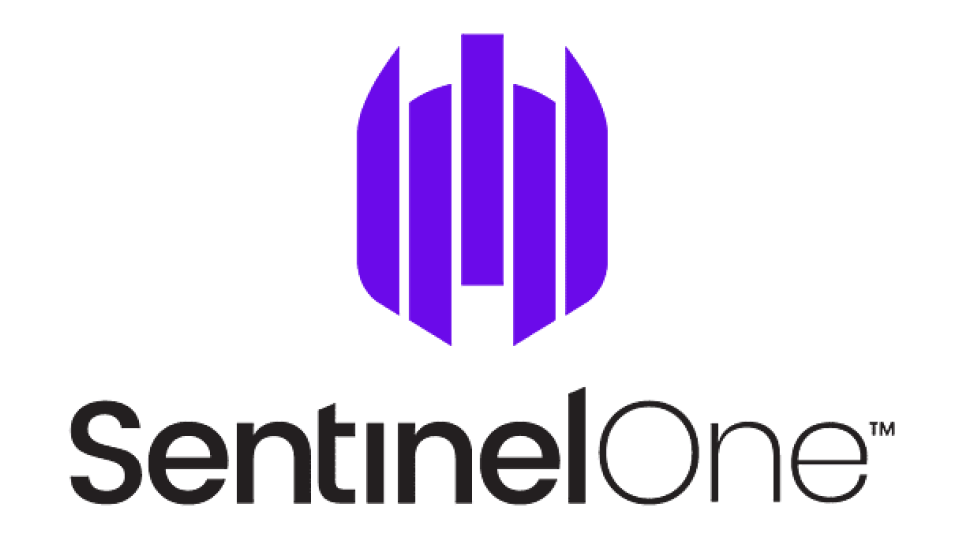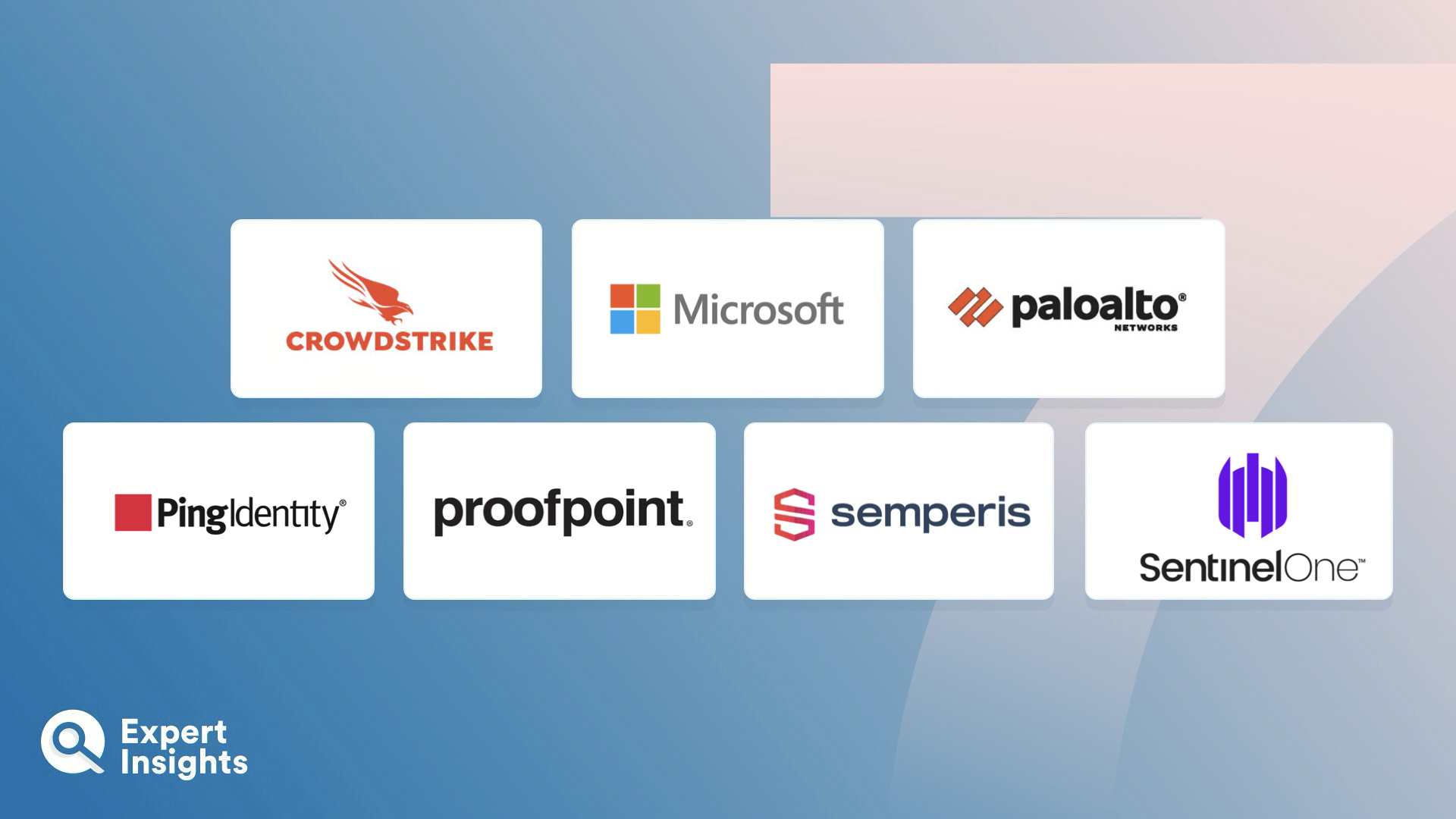Everything You Need to Know About Identity Threat Detection and Response (ITDR) Software (FAQs)
What Are Identity Threat Detection and Response (ITDR) Solutions?
Identity Threat Detection and Response (ITDR) solutions are category of identity tools that are designed specifically to secure identities and identity systems, such as Azure and Azure AD. Their core capabilities include monitoring identity networks to identify vulnerabilities and automatically remediate issues, such as compromised accounts, password compromise and data breaches.
The term Identity Threat Detection and Response was initially coined by Gartner, who named it as one of the top security and risk management trends in 2022. Providers in the Identity Threat Detection and Response space typically also offer complimentary identity tools, such as Identity and Access Management (IAM) and Multi-Factor Authentication (MFA) or other monitoring tools designed for the endpoint, such as Extended Detection and Response (XDR).
How Do Identity Threat Detection and Response (ITDR) Software Work?
IDTR solutions integrate with your identity providers and identity security tools, such as Azure AD. They provide a single admin console which provides a real-time, comprehensive view of your identity network and identity risks.
Key capabilities and controls include:
- Real-time behavior monitoring of user activity and access management logs
- AI models to monitor user behavior and flag suspicious activity which may indicate compromise
- Automated remediations of security risks, such as enforcing MFA on a compromised account, or blocking access
- Threat intelligence and insights into identity related risks with comprehensive reporting and overviews
- Identity attack path management and risk analysis for improving identity security
- High-priority alerting to suspected data breaches, account compromise, or critical risks
- Risk scoring for users or groups to focus identity security improvements
- Integrations with SIEM, SOAR, XDR, MFA, IAM, and PAM tools to correlate data and improve effectiveness of controls
Overall, IDTR solutions are designed to provide a greater level of control and security for identity systems in the same way that Endpoint Detection and Response (EDR) provides additional protection and control for endpoint security solutions. They sit alongside existing identity networks and security tools to enforce security policies, monitor risks, and automate responses to prevent identity compromise.
What Features Should You Look For In Identity Threat Detection And Response (ITDR) Software?
When selecting an ITDR solution, consider the following factors:
- Identity Threat Detection: Controls to monitor, prioritize, and remediate identity risks. Tools should continuously monitor identity assets, prioritize and score risk, and leverage tools such as MFA to automate remediation and secure accounts.
- Identity Monitoring: AI and monitoring systems to monitor identity behaviors and access logs in order to flag deviations from normal user activities.
- Alerting: Real-time alerts for admins. Alerts should be ranked by priority, with risk-based controls to minimize alert fatigue.
- Continuous Visibility: The best tools will offer comprehensive threat intelligence across all identity sources in one admin dashboard.
- Integrations: Tools should integrate widely across your identity stack with MFA and PAM solutions, as well as with other security tools such as SIEM, SOAR, and XDR solutions
- Reporting: Detailed reporting and insights within the admin dashboard to monitor effectiveness and compliance
- Compatibility: Ensure compatibility with your environment, whether cloud, hybrid, or on-premises
IDTR is a relatively young and emerging market category, and tools are likely to evolve and consolidate these feature sets. Many providers in this space either operate broader network and cybersecurity tools (such as XDR solutions) or focus more specifically on the identity space and offer dedicated MFA, IAM, and PAM solutions. We recommend larger enterprise clients look to integrate IDTR into their existing tech stack.
Where Does IDTR Sit In The Tech Stack?
IDTR solutions compliment and sit alongside existing identity controls, such as Identity and Access Management (IAM) solutions. Where IAM is used to control user access and manage identities, IDTR is used to secure access, monitoring and responding to security vulnerabilities. IDTR solutions also integrate within the identity tech stack, using integrations with MFA tools to enforce additional authentication steps if it detects a compromised account, for example. IDTR tools can also integrate with privileged access management solutions to help identify gaps in privileged access or least privilege policy violations for example.
IDTR solutions also complement endpoint security tools such as endpoint detection and response (EDR) and extended detection and response (XDR). Data can be fed into broader network security tools such as security information and event monitoring (SIEM) and security orchestration automation and response (SOAR) solutions.



